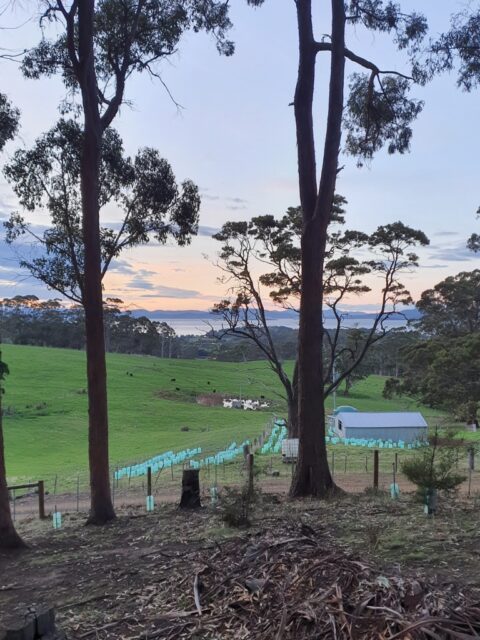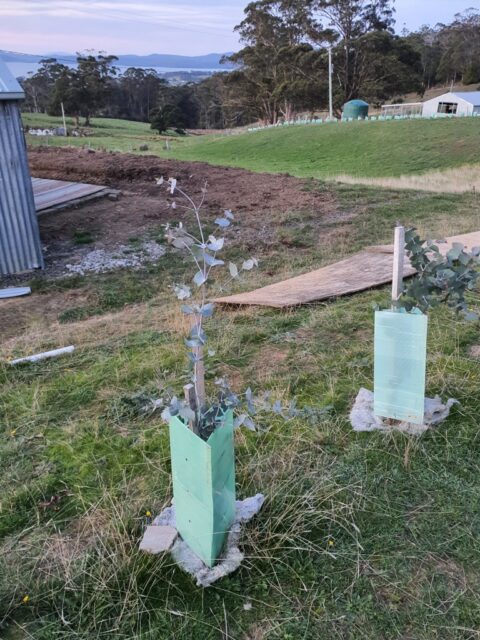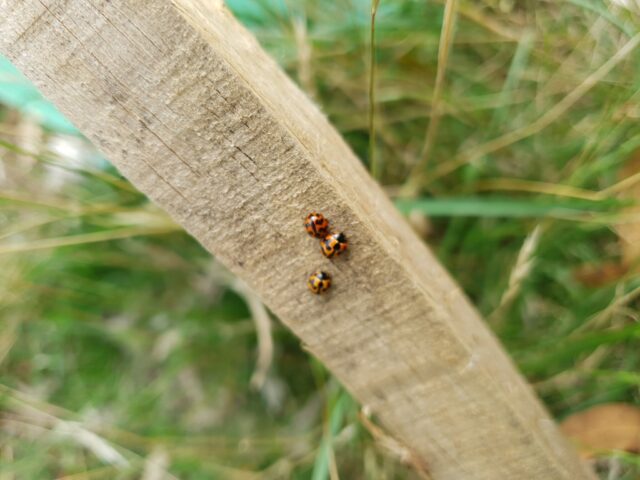The current Coronavirus crisis has suddenly brought home the place that science has played in controlling the threat of disease-causing microbes. Before science could explain that invisible microbes create pandemics, the human race was at the mercy of all sorts of deadly bacteria and viruses. Where would we be without vaccines, antibiotics and other medicines? It is reassuring to see that Australian politicians on both sides of politics have been able to put their trust (and our health) in the medical experts. By following their advice we have kept Australia from the disasters we read about in countries where political egos have trumped science (pun intended). OK, having shown excellent judgement on trusting science to manage the pandemic, how about we now encourage our politicians to apply the same dramatically successful approach to climate change. Let’s stop with the culture wars and get down to the actions that need to happen to mitigate the effects of all the extra carbon dioxide we are releasing into the atmosphere. That brings me to the subject of this month’s newsletter, namely tree planting.
The heading for this month’s newsletter was the excellent slogan from a past Australian Nursery Industry marketing campaign. I have borrowed it because it sums up the idea for a native plant arboretum that I am creating on my farm in Tasmania. Actively growing trees are a very practical way of taking carbon dioxide from the atmosphere and incorporating it into long term storage, particularly if the wood produced is eventually milled and incorporated into buildings. There are vast tracts of land that has been cleared for agriculture, and a significant amount of that country is becoming very marginal or impossible for farmers to work profitably. In Western Australia’s wheat belt, for instance, mass clearing has created a salinity problem that is now being solved by planting salt tolerant plant species, particularly some of the eucalypt mallee species that grow around salt affected lakes.
Another aspect of the arboretum is to use species that are endangered in the wild because of habitat clearing and climate change particularly. To that end I am planting an array of species from various parts of Australia that have similar climates to the Tasman Peninsula in the hope that they can provide a botanical ‘Noah’s Ark’ that can provide a genetic resource for future generations should they disappear in the wild. A good example is my current favourite, the Risdon Peppermint (Eucalyptus risdonii) that is an endangered species in its shrinking habitat within a short drive of Hobart’s central business district.
Another objective of the arboretum is to also look for essential oils with medicinal properties. The Tasmanian Blue Gum (E. globulus) has one of the best medicinal oils of any plant species in the world. Wouldn’t it be great to add some extra options by way of medicines to have natural, plant-based essential oils that can be used as part of hand sanitisers (anyone sick of using those nasty smelling, hand drying alcohol products?). Many species in the Eucalyptus family (Myrtaceae) have oils with anti-microbial properties. Witness the great success of tea tree oil derived from Melaleuca alternifolia. Given that this family contains thousands of species, a significant number of which are under threat of extinction in the near future, it is at the top of my list to do something about preserving this genetic resource for future generations who are likely to face random pandemics from new microbes that are evolving with an ever increasing human population.
TASMANIAN LADYBIRDS
Last newsletter we talked about hatching your own beneficial insects to manage pest populations in the home vegetable garden. I was very excited when my lacewing eggs went through their cycle from eggs to larvae to elegant adults as described in our last newsletter. Those beautiful bugs are now strutting their stuff in the vegetable garden. This month I want to share with you a beneficial bug I found in my ever-expanding arboretum sitting on one of the planting stakes. The Tasmanian Ladybird (Cleobora mellyi) is a tree-dwelling predator of soft-bodied leaf-feeding and sap-feeding insects and their eggs such as psyllids and eucalypt leaf-beetles according to the Tasmanian Museum’s downloadable app, ‘Field Guide TAS’. All I have had to do to get this free pest management service from Mother Nature was to refrain from spraying any nasty pesticides or other chemicals. Have a look in your own garden for your local beneficial bugs. It is a rewarding and highly beneficial experience for adults and kids alike!
TASMANIAN ESSENTIAL OILS
I have a small range of essential oils on my website shop – Blue Gum (as mentioned earlier), Kunzea, Manuka and Lavender Tea Tree. These are all Australian produced and owned, and 100% pure and unadulterated. I think it is so important to support Australian innovation and products which in turn support our country. I have also bundled the oils together with other products which gives a saving on postage. As well as their antimicrobial properties, they smell wonderful



